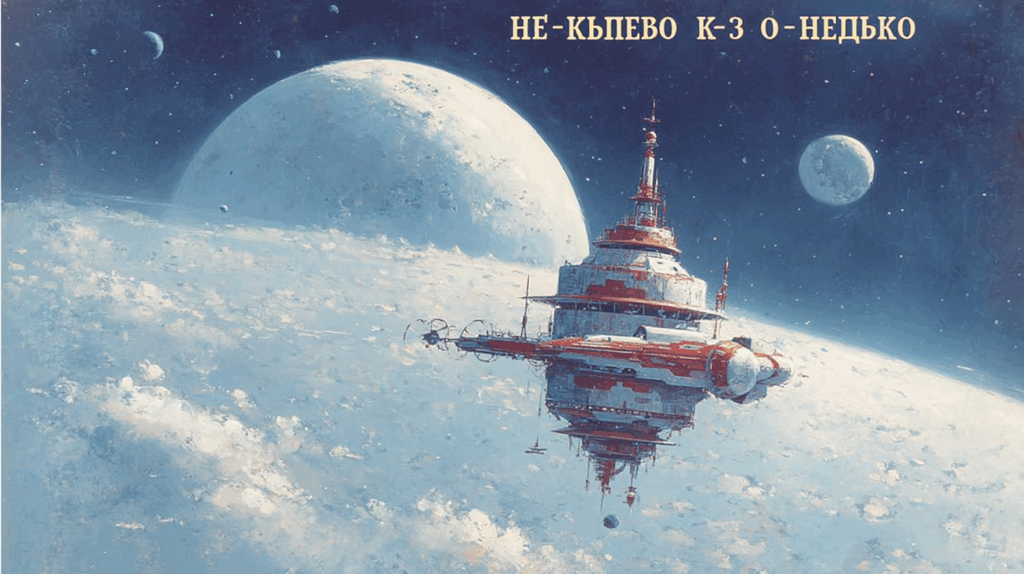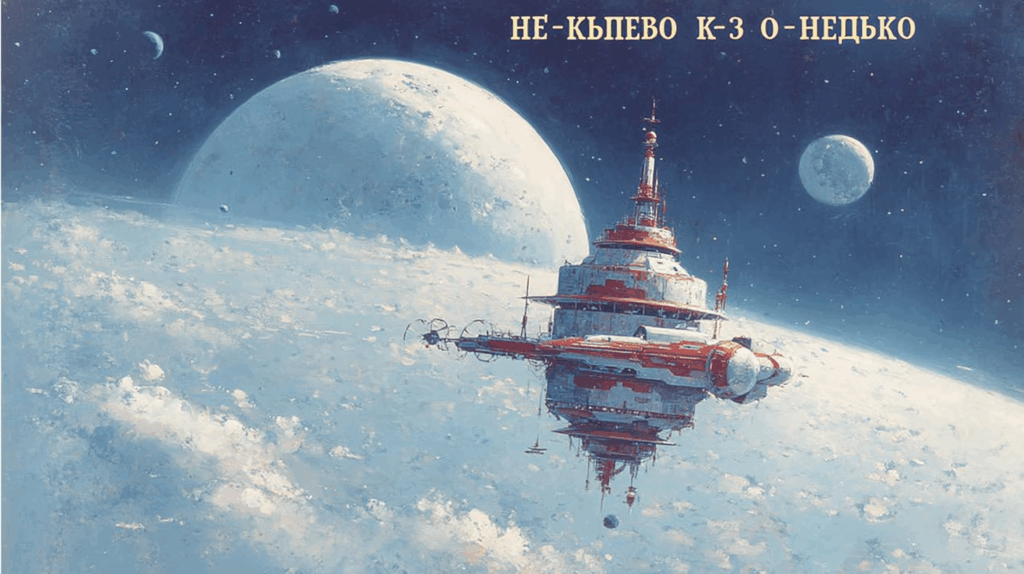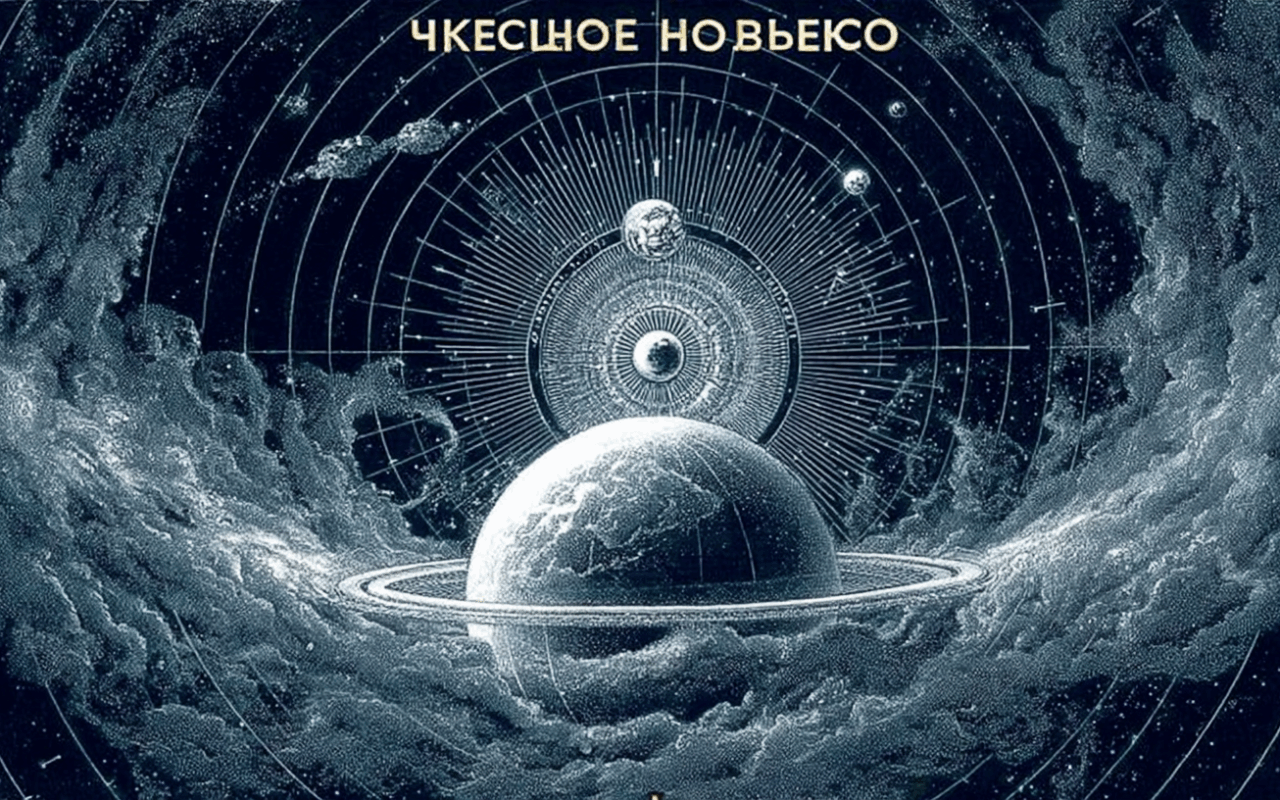What is cosmism: The Russian Philosophy Secretly Driving Silicon Valley’s Wildest Dreams
When Elon Musk talks about making humanity a “multiplanetary species” or when tech billionaires pour millions into defeating death itself, they’re not just indulging sci-fi fantasies. They’re channeling a century-old Russian philosophy that once inspired Soviet cosmonauts—and now quietly shapes Silicon Valley‘s most ambitious projects.
From Orthodox Monks to Space Dreams
The story begins in 1890s Russia with Nikolai Fyodorov, an Orthodox Christian librarian with an audacious idea: humanity’s ultimate purpose was to use science to resurrect every person who had ever died and then expand into the cosmos. This wasn’t just philosophical speculation—Fyodorov believed technology could literally overcome death and fulfill what he called humanity’s “Common Task.”
His followers, known as cosmists, took these ideas in fascinating directions. Konstantin Tsiolkovsky, a schoolteacher who became the father of astronautics, famously declared that “Earth is the cradle of humanity, but one cannot remain in the cradle forever.” Meanwhile, geochemist Vladimir Vernadsky envisioned human intelligence merging with technology to create a planetary “sphere of mind”—a concept that would later influence everything from Soviet planning to modern AI development.
What made cosmism unique was its blend of mystical spirituality and hardcore science. These weren’t just dreamers; they were serious researchers who saw technological progress as a path to spiritual transcendence.
The Soviet Space Race’s Secret Sauce
When the Bolsheviks took power, cosmist ideas found an unexpected home in communist ideology. Both movements shared a belief in radically remaking humanity and conquering natural limitations. The results were striking:
Lenin’s Mummy: When Vladimir Lenin died in 1924, the decision to preserve his body wasn’t just political theater. Leonid Krasin, who oversaw the mummification, was deeply influenced by Fyodorov’s resurrection theories. Lenin’s tomb became a symbol of faith that socialist science would eventually conquer death itself.
Reaching for the Stars: The Soviet space program was directly inspired by cosmist pioneers. Sergei Korolev, who launched Sputnik and sent Yuri Gagarin into orbit, had met the aging Tsiolkovsky as a young man and later wrote about leaving their meeting determined to “build rockets and fly in them… to get to the stars.” Soviet space propaganda proclaimed “To the Sun! To the stars!”—reflecting not just Cold War competition but genuine cosmic ambition.


Even under Stalin’s totalitarian repression, when many cosmists were imprisoned or exiled, their ideas survived underground, eventually emerging as the philosophical backbone of Soviet space exploration.
The Great Ideological Migration
Here’s where the story takes an unexpected turn. In the 1980s, as Cold War tensions began to thaw, the Esalen Institute in California—famous for New Age workshops and hot-tub diplomacy—hosted meetings between Soviet thinkers and American technologists.
Russian cosmists made a huge impression on Silicon Valley insiders. They spoke of “reassembling human beings atom by atom after death,” transferring consciousness into machines, and colonizing the galaxy. To American futurists hearing these ideas for the first time, it sounded like a coherent philosophy that combined spiritual transcendence with concrete technological roadmaps.
According to media theorist Douglas Rushkoff, these Esalen meetings essentially jump-started the American transhumanist movement. Influential figures who attended—including future venture capitalists and tech entrepreneurs—came away believing that technology would become humanity’s evolutionary partner and successor.
Silicon Valley’s Cosmic Ambitions
Today, cosmist ideas are everywhere in tech culture, even if their Russian origins are rarely acknowledged:
Defeating Death: Google launched Calico in 2013 specifically to solve aging and death. Peter Thiel funds anti-aging research and reportedly takes blood plasma infusions from young donors—eerily similar to experiments conducted by Soviet scientist Alexander Bogdanov a century earlier. Thousands of tech workers have signed up for cryonic preservation, hoping future technology will resurrect them.
Mars and Beyond: When Elon Musk talks about making humanity multiplanetary, he’s essentially echoing Tsiolkovsky. Jeff Bezos‘s vision of millions living in space habitats follows the same cosmic expansion playbook. What was once Soviet state propaganda about conquering the universe is now the core mission of private tech companies.
Artificial Super-Intelligence: Perhaps most subtly, the push to create AI that transcends human intelligence reflects cosmist dreams of evolving into higher forms of consciousness. The “singularity”—when AI supposedly becomes godlike—directly parallels cosmist hopes that technology will become the new cosmic mind.
The TESCREAL Connection
Researchers have identified cosmism as part of a broader ideological framework called TESCREAL—Transhumanism, Extropianism, Singularitarianism, Cosmism, Rationalism, Effective Altruism, and Longtermism. These interlocking belief systems now dominate Silicon Valley’s approach to technology and the future.
Cosmism provides the grand narrative within this mix: the belief in humanity’s cosmic purpose and the moral duty to overcome biological limitations. It’s why some tech leaders behave almost like prophets, seeing technology as the path to immortality and salvation.


What This Means for the Rest of Us
Understanding cosmism helps explain why Silicon Valley often seems disconnected from immediate human concerns. When your worldview spans millennia and galaxies, today’s problems—inequality, climate change, democratic governance—can seem like temporary inconveniences on the path to cosmic transcendence.
This isn’t necessarily sinister, but it is consequential. As AI development accelerates and space ventures multiply, the cosmist vision of transcending humanity itself is quietly shaping decisions that affect all of us. From AI safety protocols to long-term investment strategies, the influence of this Russian philosophy is helping determine humanity’s technological trajectory.
The cosmists’ century-old dream of merging spiritual yearning with scientific power has found its newest expression in Silicon Valley. Whether that leads us to the stars or somewhere else entirely remains to be seen. But one thing is clear: the future is being built by people who believe they’re fulfilling humanity’s cosmic destiny—even if most of us never signed up for the ride.

Comments are closed.